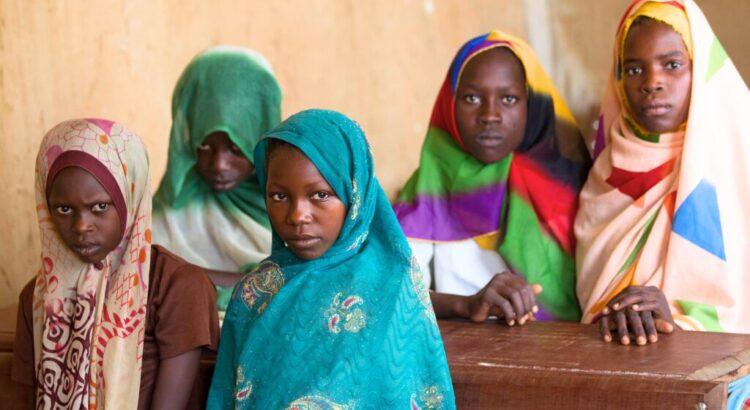The 2024 Gender Report, Technology on her terms, released recently, reviews progress on gender parity in education for most SDG 4 targets. Despite the myriad range of possibilities to look at gender disparity, the report asserts the continuing growth in girls and young women’s participation in education at different levels, which has helped reverse decades of discrimination.
Progress aside, however, it remains the case that parity has not been achieved at the same rates for all levels of education in sub-Saharan Africa. As of 2020, for every 100 enrolled males, there were 96 females enrolled in primary, 91 in lower secondary, 87 in upper secondary and 80 in tertiary education. In addition, in absolute numbers, sub-Saharan Africa is the main world region where there are more girls of primary and secondary school age who are out of school than boys – and the out-of-school population is growing.
Enrolment, meanwhile, is only a stepping stone towards completion. And completion rates have nuances to them as well. The 2024 Gender Report looked at whether starting an education cycle on time or not had implications for girls’ ultimate likelihood of completing. As the title of this blog suggests, it matters an awful lot.
In primary education, there is gender parity in both the rates of those completing on time (timely) and those completing at all (ultimate), globally, while the same is true in Central and Southern Asia, a reference region. But in sub-Saharan Africa since 2013, girls have been far more likely than boys to complete primary school on time but far less likely to ultimately complete primary school than boys: 96 girls complete for every 100 boys who do so.
 In lower secondary education, there is gender parity in both timely and ultimate completion rates, globally, and also in Central and Southern Asia since 2020. In sub-Saharan Africa, meanwhile, gender parity in timely completion has almost been achieved, but girls are at a much bigger disadvantage in ultimate completion: 85 girls complete for every 100 boys. This means that if girls start school on time and do not repeat grades, they are currently almost as likely as boys to complete lower secondary school as boys. But if they start late or repeat grades, reaching the age of 15 and still not at the end of lower secondary school, they are more likely to drop out.
In lower secondary education, there is gender parity in both timely and ultimate completion rates, globally, and also in Central and Southern Asia since 2020. In sub-Saharan Africa, meanwhile, gender parity in timely completion has almost been achieved, but girls are at a much bigger disadvantage in ultimate completion: 85 girls complete for every 100 boys. This means that if girls start school on time and do not repeat grades, they are currently almost as likely as boys to complete lower secondary school as boys. But if they start late or repeat grades, reaching the age of 15 and still not at the end of lower secondary school, they are more likely to drop out.
This finding shows the importance of making it easy for boys and girls to start school on time, ensuring that competing priorities do not get in the way. It provides additional evidence of remedial education, as well, so that girls are not falling behind, ending up repeating grades, and increasing their chances of dropping out. Our Spotlight research showed many examples of countries in Africa providing remedial education, from up to 10 hours a week in Uganda to training courses for teachers on remedial education in Chad. A remedial programme expanded in Senegal after 2018 saw improved basic reading skills by 25% and mathematics proficiency by 40% in endline assessments as a result, for example.
Such examples and more should be inspiration to others to attempt similar policies and help ensure all children – no matter their gender, background or identity – can complete a quality education.
The post African girls who start school late or repeat grades are more likely to leave school early appeared first on World Education Blog.







 Users Today : 253
Users Today : 253 Total Users : 35459848
Total Users : 35459848 Views Today : 425
Views Today : 425 Total views : 3418397
Total views : 3418397